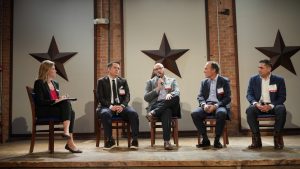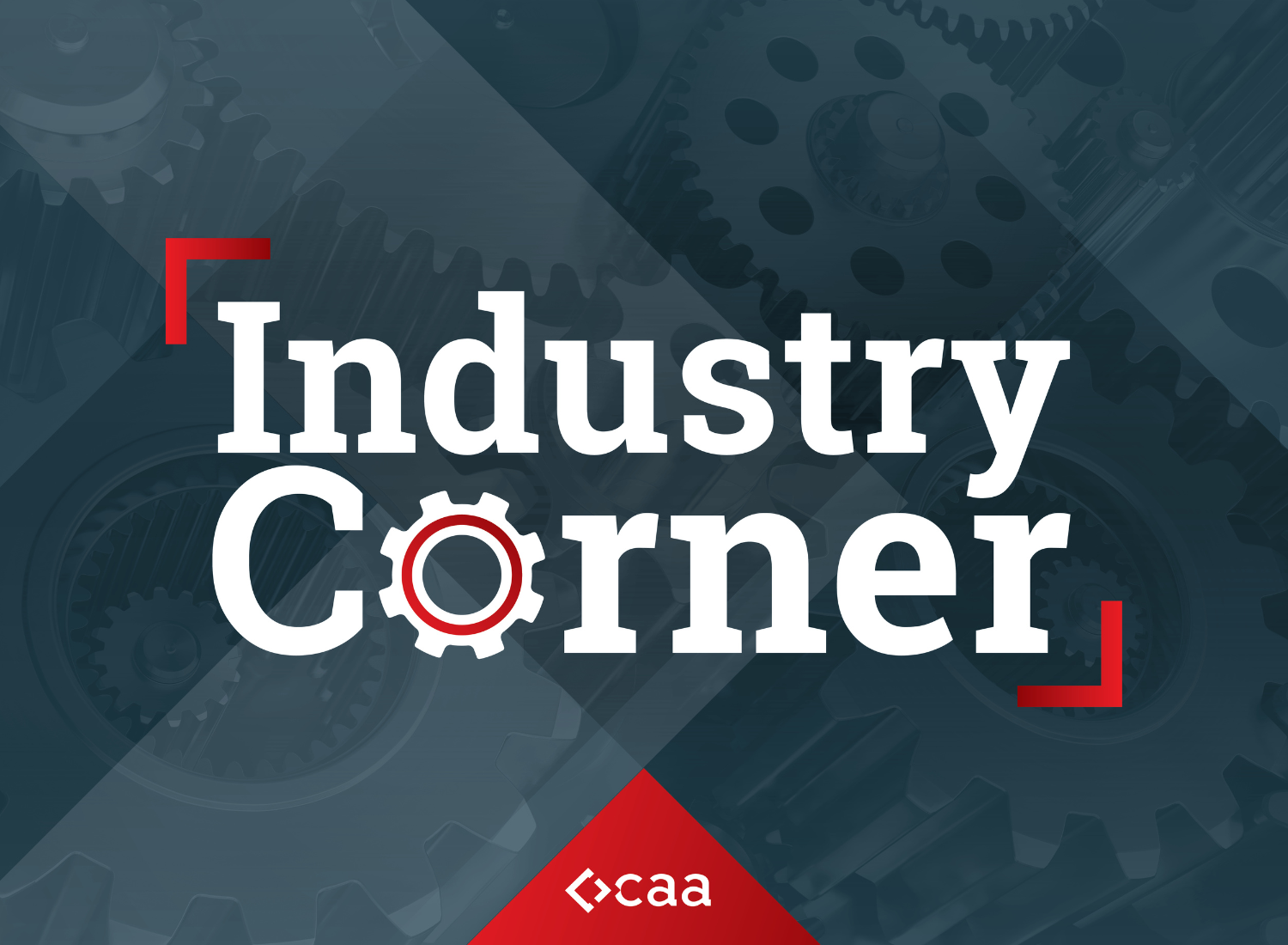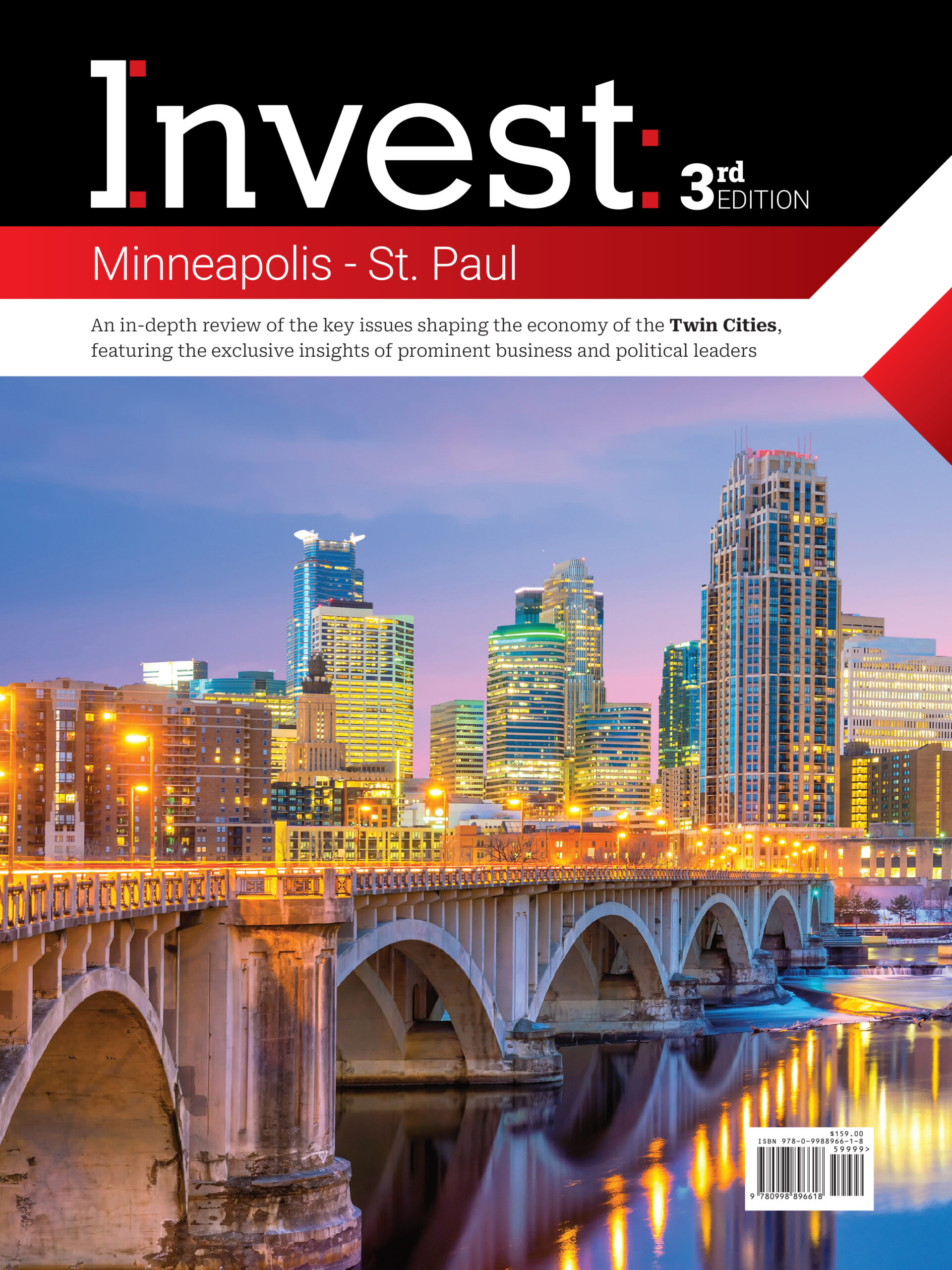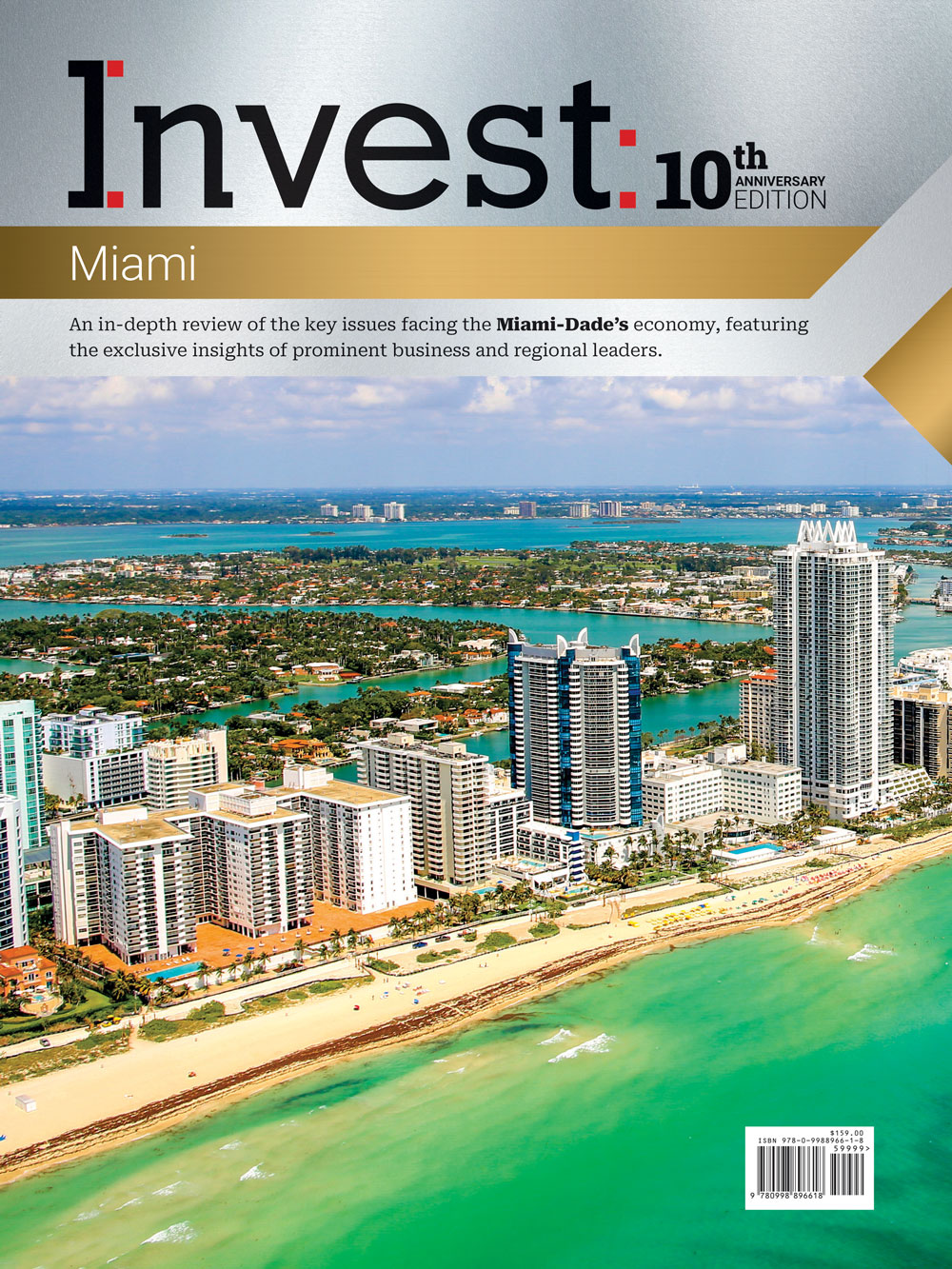The future of growth and development in the Metroplex
[fusion_builder_container type=”flex” hundred_percent=”no” equal_height_columns=”no” hide_on_mobile=”small-visibility,medium-visibility,large-visibility” background_position=”center center” background_repeat=”no-repeat” fade=”no” background_parallax=”none” parallax_speed=”0.3″ video_aspect_ratio=”16:9″ video_loop=”yes” video_mute=”yes” border_style=”solid”][fusion_builder_row][fusion_builder_column type=”1_1″ type=”1_1″ background_position=”left top” border_style=”solid” border_position=”all” spacing=”yes” background_repeat=”no-repeat” margin_top=”0px” margin_bottom=”0px” animation_speed=”0.3″ animation_direction=”left” hide_on_mobile=”small-visibility,medium-visibility,large-visibility” center_content=”no” last=”no” hover_type=”none” min_height=”” link=””][fusion_text]
Writer: Jerrica DuBois
 March 2024 — The Dallas/Fort Worth region’s continued growth and development was the key theme of the third panel discussion at the recent Invest: Dallas/Fort Worth leadership summit.
March 2024 — The Dallas/Fort Worth region’s continued growth and development was the key theme of the third panel discussion at the recent Invest: Dallas/Fort Worth leadership summit.
Titled ‘Synergies in Real Estate & Construction: How North Texas can leverage ongoing growth and the factors influencing demand moving forward,’ the final panel focused on growth and development in North Texas. Phill Geheb, senior vice president at Matthews Southwest, Brian Luallen, CEO of Fair Park Dallas, Richard Myers, founder and managing director of Realty Capital, and Juan Rodriguez, SVP and commercial market sector leader at McCownGordon, shared their thoughts on sustainability, the impact of outdoor spaces, and the advantage of efficient local government in North Texas.
“The selection of the material for a project is important,” said Rodriguez when asked about green building practices. “Being able to provide our clients with solutions as to which materials are the most responsible to build from is key, whether they are locally sourced, or whether it’s the type of material that helps in the longevity of the project and allows efficiencies with projected cost for utility or other factors in terms of building responsibly.”
Discussions around regional growth and development typically include the impact of hotels, restaurants, retail, and even warehouse and industrial. Tourist attractions, outdoor spaces and venues tend to not be top of mind; however, they bring in a significant amount of revenue. Outdoor venue The Stockyards, the top attraction in the Metroplex, brings in over three million visitors per year, raking in $74 million in food and beverage sales and $60 million in retail sales. With that amount of impact, it’s no wonder why the region continues to pour back into outdoor spaces.
“There’s been so much investment in the leisure and recreational space, and in a lot of ways our sister cities are kicking our butts. There’s been massive investments in Arlington, Frisco and Plano,” said Luallen. “Dallas has rediscovered the importance of outdoor spaces, and it does create catalytic impact. People look for these quality of life amenities that are critically important for the residential side. There’s a balance to those things and it attracts private investment and allows us to work collaboratively.”
The panel also discussed the importance of synergy between residential and commercial real estate, particularly seen in the rise of mixed use communities. As more residents see the value in more walkable communities, new developments and construction projects continue to pop up around the Metroplex. Those projects include a 50-acre mixed use development in Haltom City, the $800 million Lafayette Crossing project in Fate, and a 28-acre community planned for the Cotton Mill area of McKinney. According to Myers, Realty Capital has its hand firmly in the mixed-use community game.
“An example is our Lakeside DFW project,” said Myers. “It’s about 160 acres. We’ve finished about 120 of it and there’s already one billion dollars worth of restaurants, houses, condominiums, apartments, movie theaters, shops, along with the nature of the area. It’s the classic example of live, work, play. What those types of communities do is create a great sense of community, and that’s what makes a great city. There are multiple nodes of communities all over DFW.” To hear more, click here.
Winding down the conversation, the panelists tackled how everyone can work together to address immediate development needs of the Metroplex and sustainability. The discussion covered everything from balancing investment with policy to zoning codes and red tape. Geheb also pointed out the importance of affordable, attainable housing to the future of the Metroplex.
“We need more 30%, 60%, and 125% units so that everyone in your workforce has a place to sleep where they are located,” Geheb stated. “One of the things we struggle with is thinking long term on what are the tools the city can provide. The city has been very generous. They have an allocation of their new bond packet which will be voted on in May. It includes workforce housing and affordable housing initiatives and the expansion of programs such as the Public Facilities Corporation Program, the Long Term Housing Tax Credit, which was just expanded by the federal government. Making these projects work is really important for South and Southern Dallas.”
For more information, visit:
https://www.matthewssouthwest.com/
https://www.fairparkdallas.com/
[/fusion_text][fusion_youtube autoplay=”false” mute=”false” hide_on_mobile=”small-visibility,medium-visibility,large-visibility” structured_data=”off” video_upload_date=”” video_duration=”” video_title=”” video_desc=”” id=”https://www.youtube.com/watch?v=mzh7eWqZx00″ alignment=”center” /][/fusion_builder_column][/fusion_builder_row][/fusion_builder_container]














